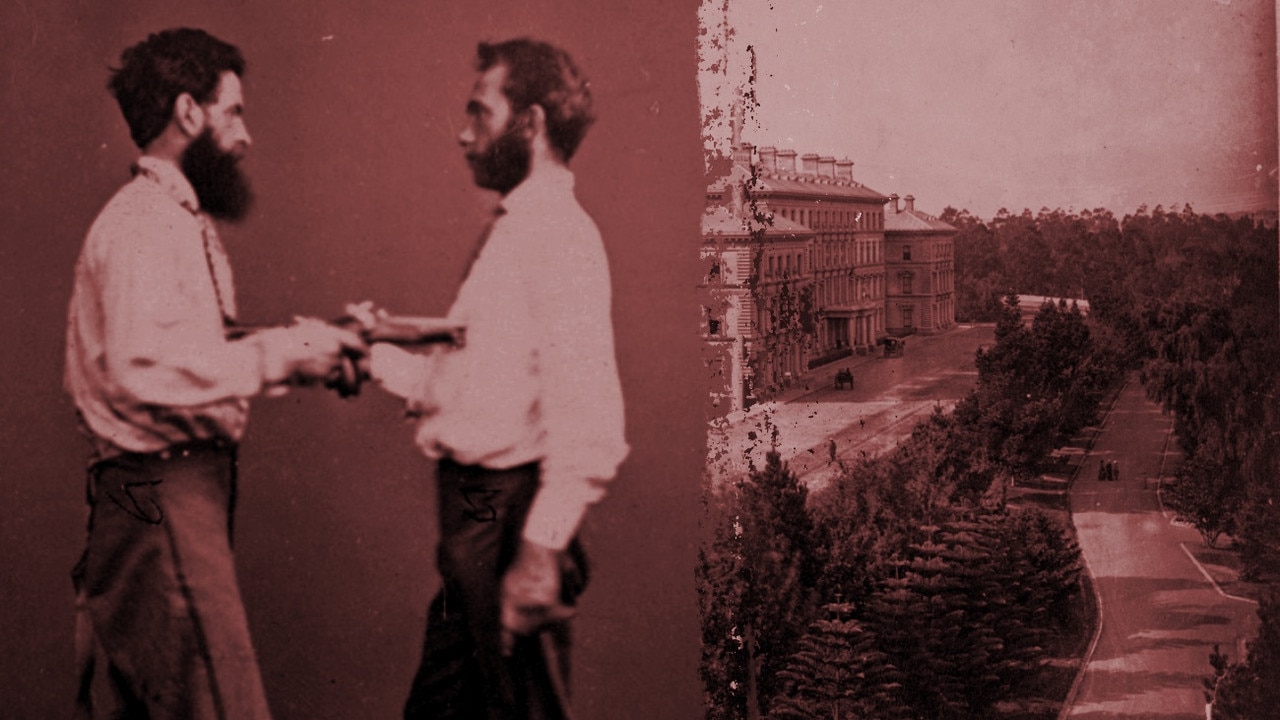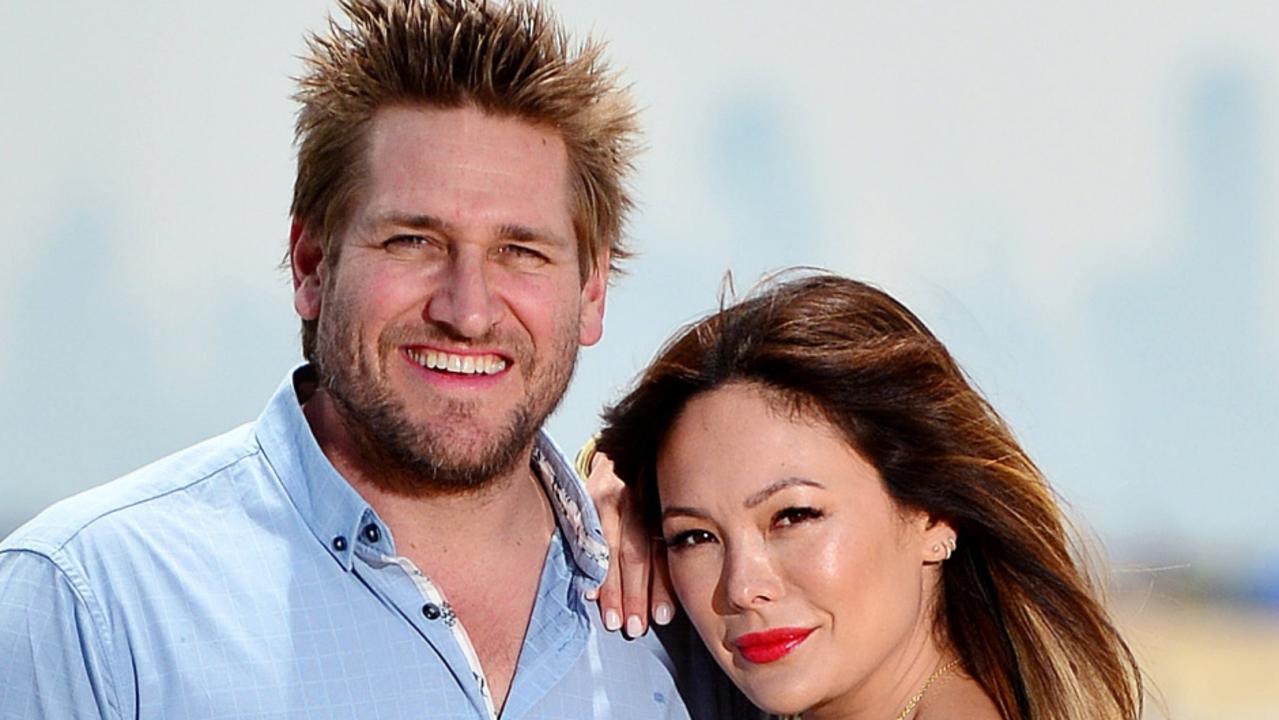Army of 100,000 Melbourne marchers in 1970 helped end Australia’s ties with Vietnam War
WITH the nation divided over the Vietnam War in 1970, the first Moratorium march brought Melbourne to a halt as “more people per head of population than any other city in the world” gathered in protest.
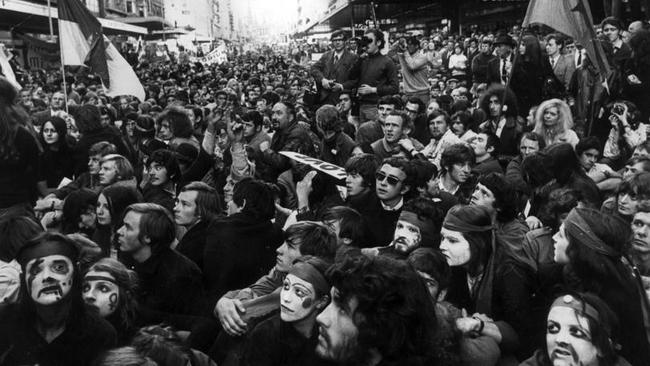
Melbourne
Don't miss out on the headlines from Melbourne . Followed categories will be added to My News.
IN ONE of the largest protests Melbourne has ever seen, up to 100,000 people hit the streets of Melbourne in May 1970 to protest against Australia’s involvement in the Vietnam War.
Australia was a deeply divided nation on the issue by that time.
Then-Australian Prime Minister Harold Holt had won a landslide victory against Labor at the 1966 election just weeks after a visit by US President Lyndon Johnson in which Holt declared “All the way with LBJ” on the war.
A year or so later, Holt disappeared in the surf at Portsea and his replacement, John Gorton, suffered a slide in popularity as public attitudes changed towards the war with a narrow win in the 1969 federal election.
The so-called Moratorium movement took hold in Australia after a similar initiative orchestrated mass protests across US cities against their country’s role in the war.
It culminated in a march on Washington DC and 500,000 protesters singing John Lennon’s Give Peace A Chance outside the White House on November 15, 1969.
Spurred by this success, protest leaders in Australia geared up for Moratorium marches of their own by forming the Vietnam Moratorium Campaign in late 1969.
The VMC was a coalition of union, pacifist, student and church groups led by chairman Jim Cairns, a Victorian federal Labor frontbencher and former policeman.
Moratorium demonstrations around the country were held on May 8, 9 and 10, 1970.
Did you attend a Moratorium march? Did you voice your support for the Vietnam War? Did you serve in Vietnam? Tell us about the mood of the times in the comments below.
Liberal frontbencher Billy Snedden described marchers as “political bikies who pack-raped democracy” but that did not deter crowds.
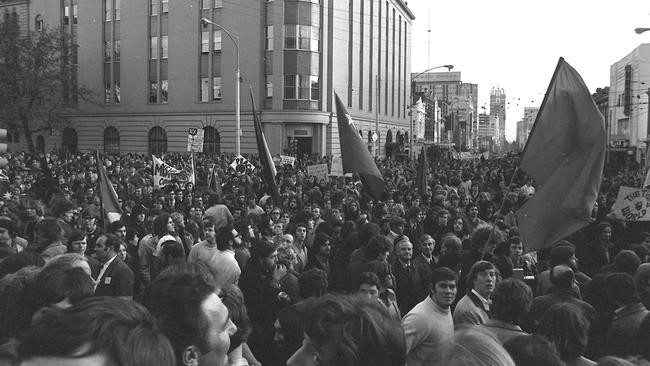
By far the largest gathering was in Melbourne, where it was reported that 75,000 to 100,000 people flooded the streets.
A force of more than 1000 police kept watch as protesters held a sit-in in Bourke Street.
Michael Hyde was a marcher and a member of the Monash Labor Club who once risked jail by flying to Cambodia to give money to the Vietnamese National Liberation Front.
On the 20th anniversary of the march in 1990, he told the Herald Sun he had no idea how many people had gathered that day.
“I just thought ‘Hell! Look at that’. My heart was pounding, adrenaline was flowing and I knew those in power could no longer ignore us. We mobilised more people per head of population than any other city in the world — including Paris, London or any in America,” he said.
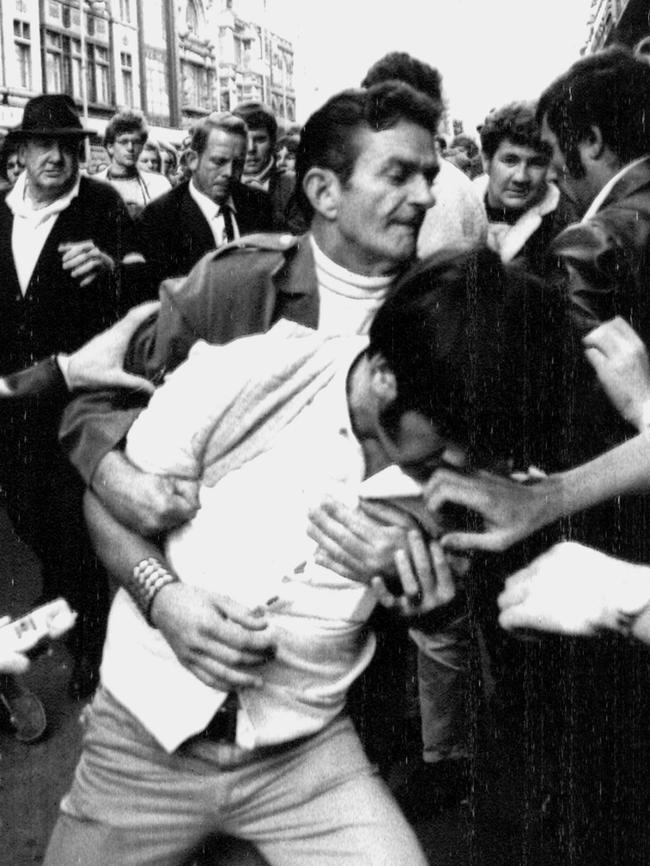
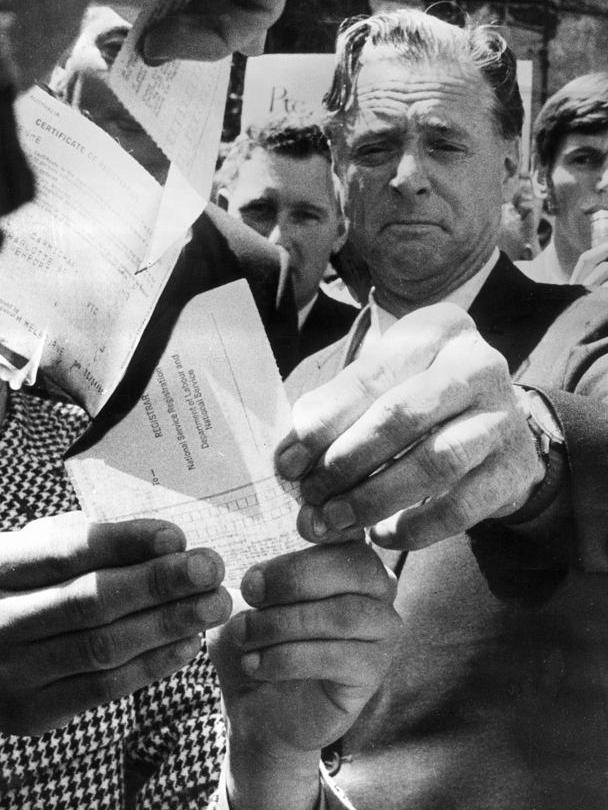
But Albie Cunningham, also interviewed in 1990, angrily remembered seeing North Vietnamese and Viet Cong flags flying during the first Moratorium and subsequent marches in Melbourne.
“We were told not to wear our uniforms so as to avoid trouble when there were anti-war marches,” he said. “And when you’re told not to wear the Australian uniform with pride it’s a day of shame.”
More Moratorium marches followed around the country later in 1970 and into 1971, in September 1970 and June 1971.
There were violence and arrests at a march in Melbourne on September 18, 1970, that attracted about 50,000 people.
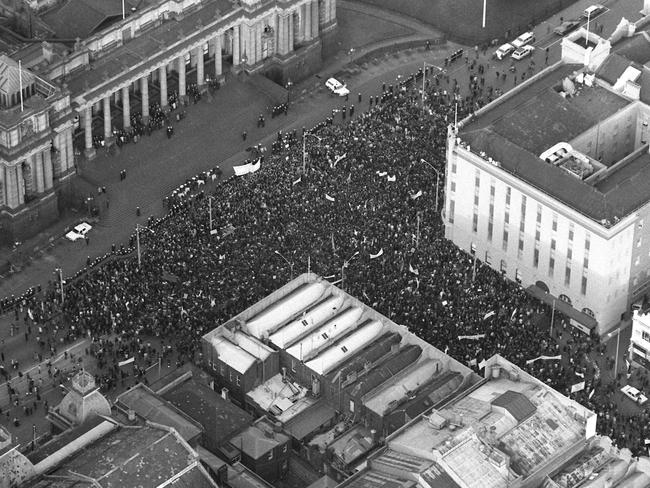
On June 30, 1971, another 100,000 people filled Melbourne’s city streets again.
New PM William McMahon, who replaced Gorton in March 1971, in August that year announced an accelerated withdrawal of Australian troops from Vietnam.
All bar a few military trainers and Saigon embassy guard troops were home by Christmas 1972, just after the election of the Whitlam Labor government.
The war came at an enormous cost for Australia.
Of the 60,000 Australians that served in Vietnam, more than 500 were killed and 3131 were wounded.
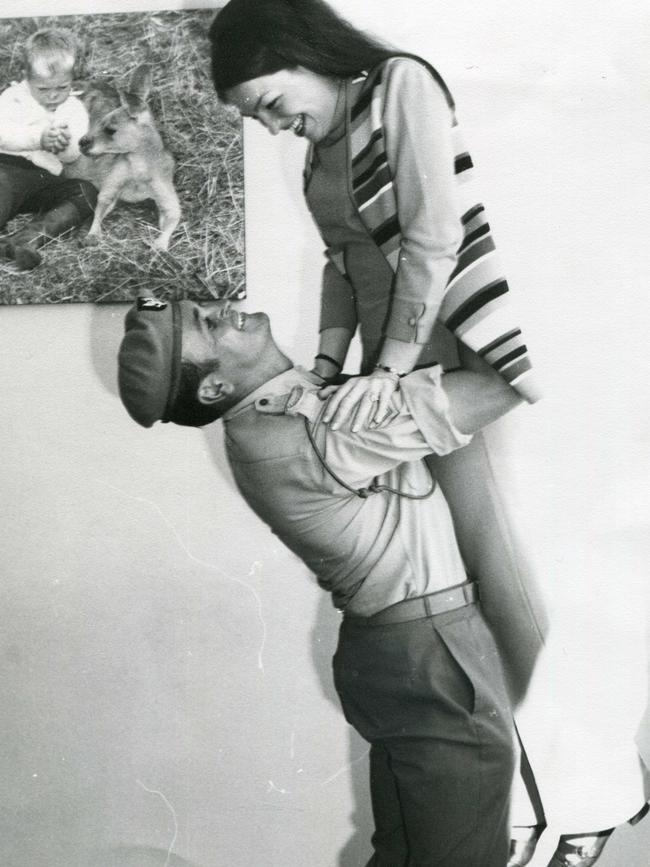
The Communist North Vietnamese Army continued the fight against US-backed South Vietnamese forces.
In April 1975, they took Saigon, the southern capital, ending decades of bloody conflict.

